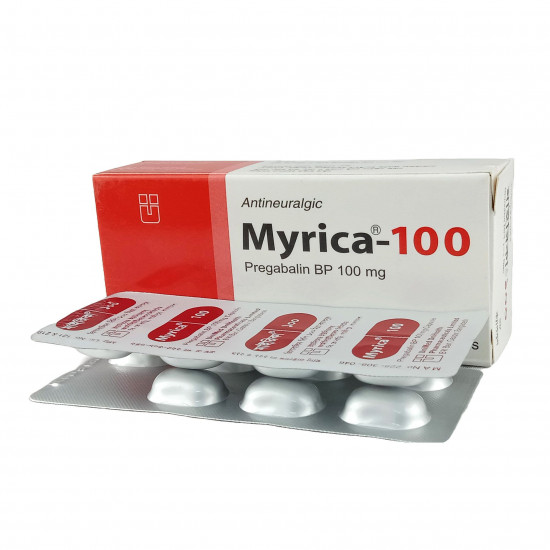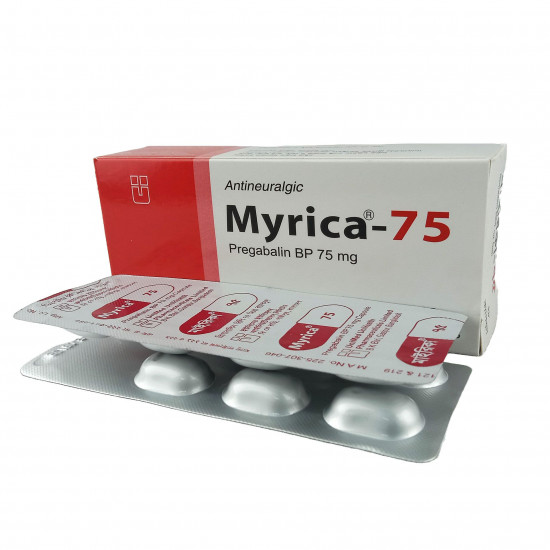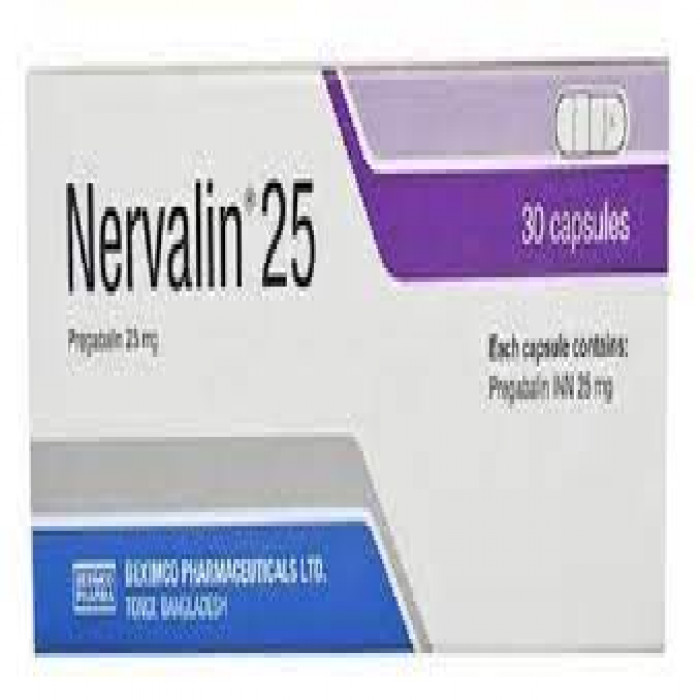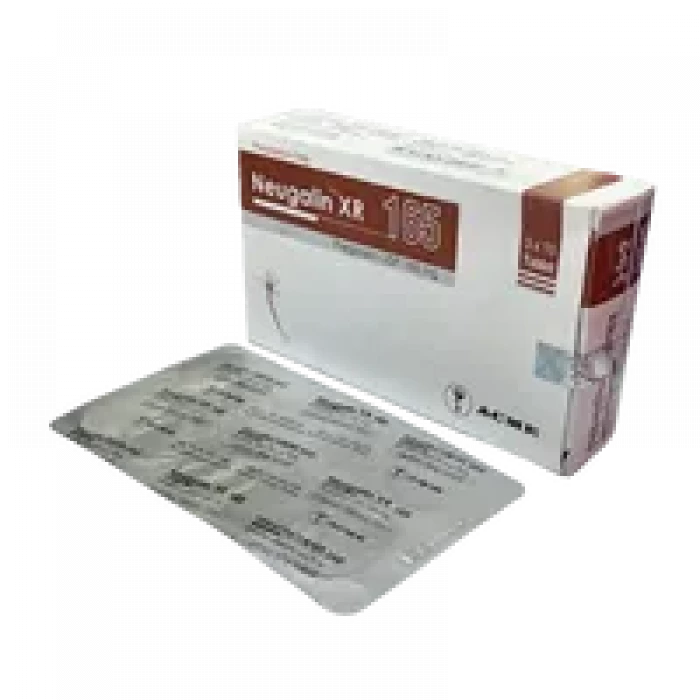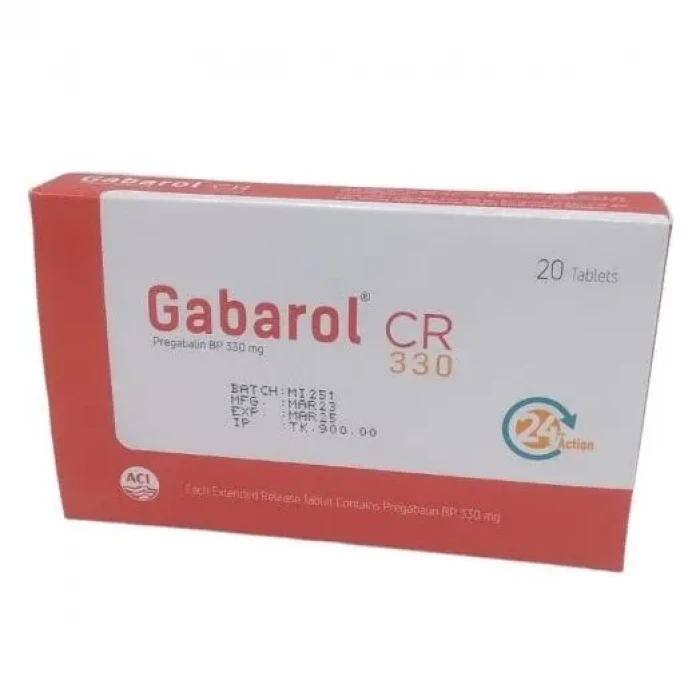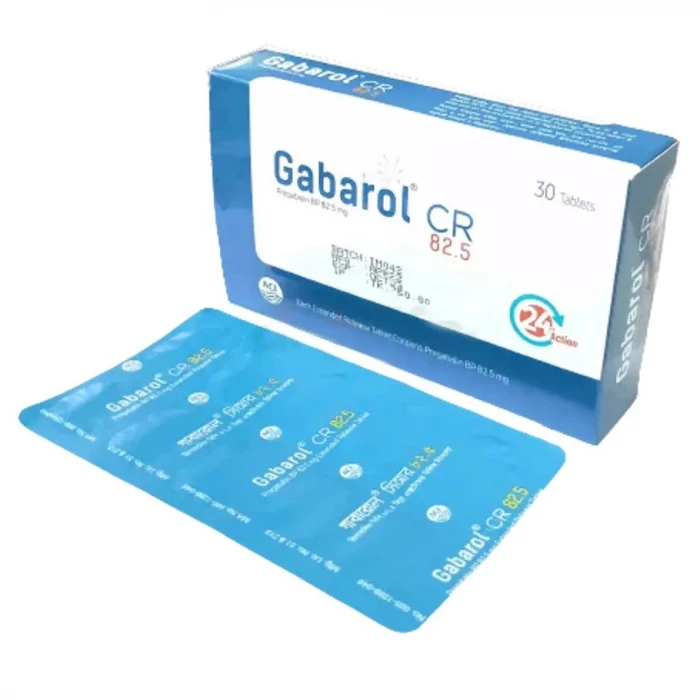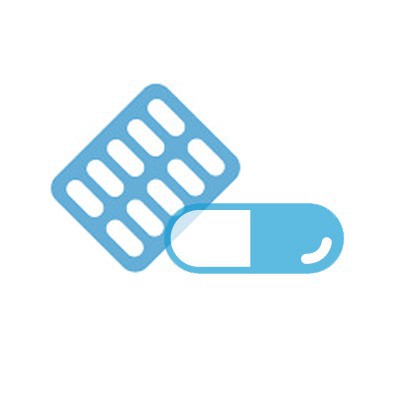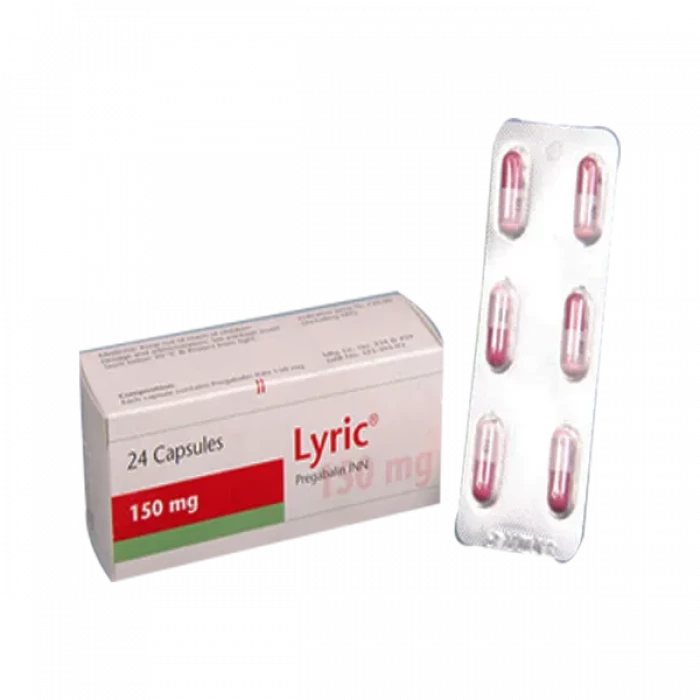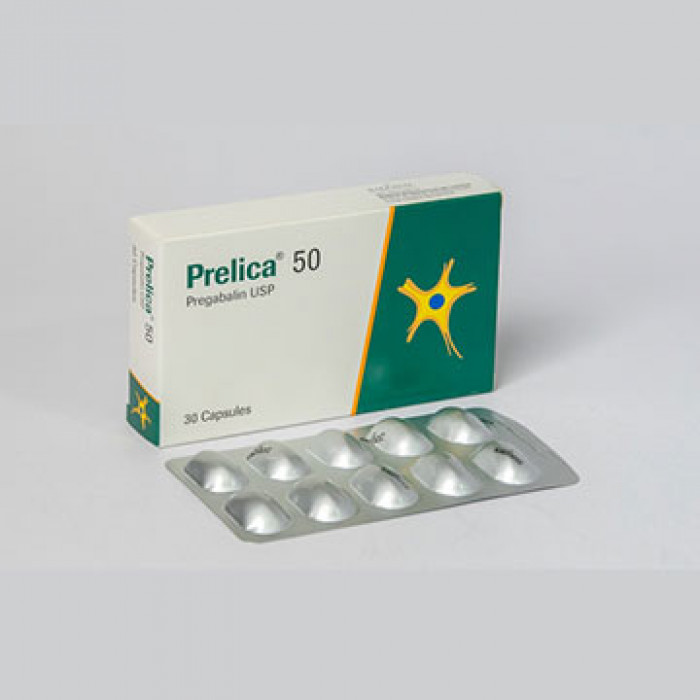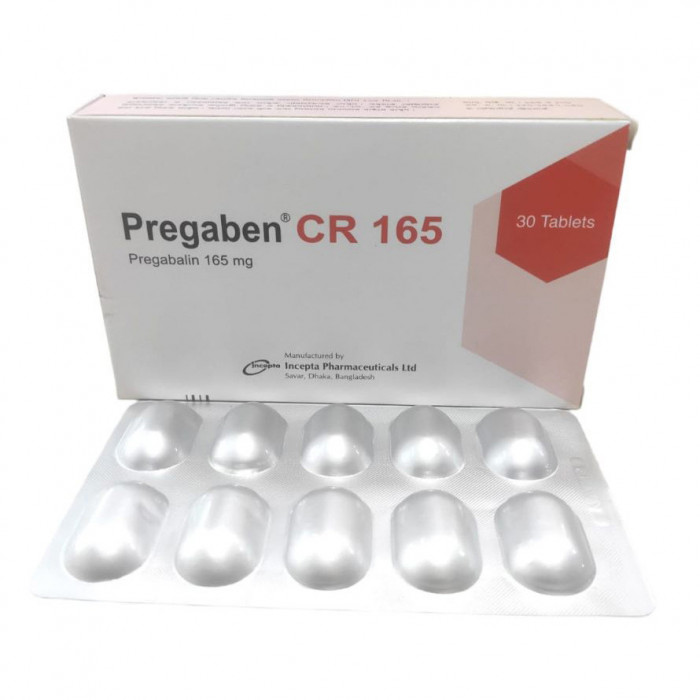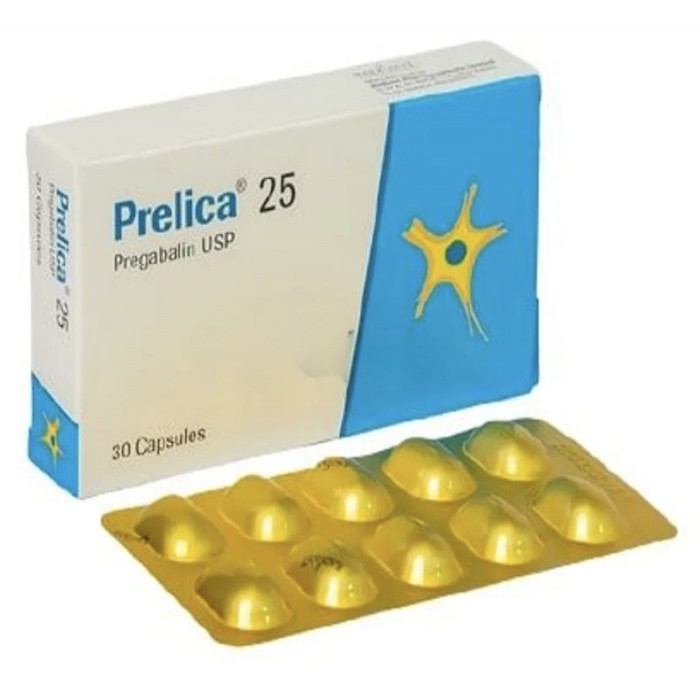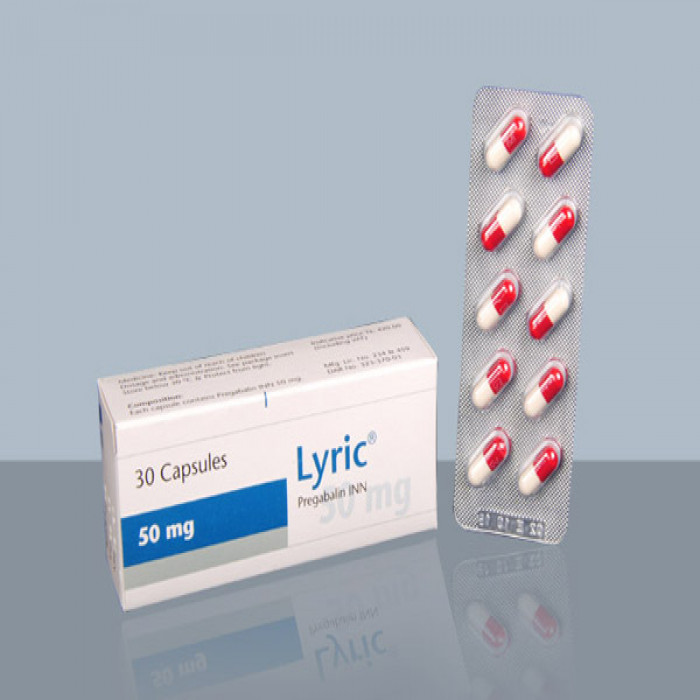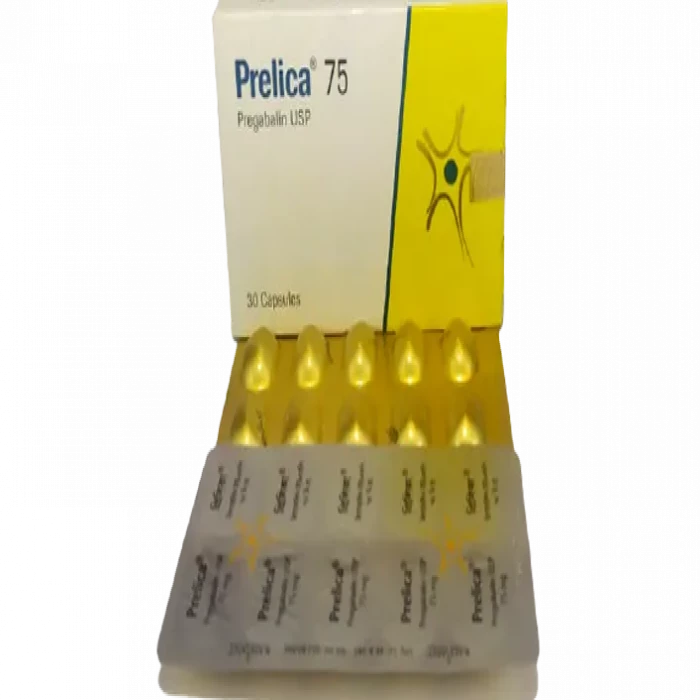
✔ 100% Authentic Product
👁️ Currently Viewing 1656
Generic Name: Pregabalin 75mg
Radiant Pharmaceuticals Ltd.
Discount
Price: ৳ 188
MRP:
৳
200
6%
Off

100% Genuine Products, Guaranteed

Safe & Secure Payments, Always

Fast, Secure & Efficient Delivery

Proper Packaging
 Cash on Delivery - All over Bangladesh
Cash on Delivery - All over Bangladesh Regular Delivery - 12-24 Hours, Dhaka City* Charge Tk.39-59
Regular Delivery - 12-24 Hours, Dhaka City* Charge Tk.39-59 Regular Delivery - 24-48 Hours, Other Cities* Charge Tk.99-110
Regular Delivery - 24-48 Hours, Other Cities* Charge Tk.99-110
 ফ্রি ডেলিভারিঃ - ৯৯৯ টাকা+ অর্ডারে, ঢাকা
শহরে
ফ্রি ডেলিভারিঃ - ৯৯৯ টাকা+ অর্ডারে, ঢাকা
শহরে ফ্রি ডেলিভারিঃ - ২৯৯৯ টাকা+ অর্ডারে, ঢাকার
বাহিরে
ফ্রি ডেলিভারিঃ - ২৯৯৯ টাকা+ অর্ডারে, ঢাকার
বাহিরে
100% Genuine Products, Guaranteed
Safe & Secure Payments, Always
Fast, Secure & Efficient Delivery
Proper Packaging
 Cash on Delivery - All over Bangladesh
Cash on Delivery - All over Bangladesh Regular Delivery - 12-24 Hours, Dhaka City* Charge Tk.39-59
Regular Delivery - 12-24 Hours, Dhaka City* Charge Tk.39-59 Regular Delivery - 24-48 Hours, Other Cities* Charge Tk.99-110
Regular Delivery - 24-48 Hours, Other Cities* Charge Tk.99-110 ফ্রি ডেলিভারিঃ - ৯৯৯ টাকা+ অর্ডারে, ঢাকা
শহরে
ফ্রি ডেলিভারিঃ - ৯৯৯ টাকা+ অর্ডারে, ঢাকা
শহরে ফ্রি ডেলিভারিঃ - ২৯৯৯ টাকা+ অর্ডারে, ঢাকার
বাহিরে
ফ্রি ডেলিভারিঃ - ২৯৯৯ টাকা+ অর্ডারে, ঢাকার
বাহিরে
✅ Description:
Indications of Prelica 75
Pregabalin is indicated for the management of neuropathic pain associated with diabetic peripheral neuropathy and the management of post-herpetic neuralgia. It is also indicated for adjunctive therapy for partial onset seizures in patients 1 month of age and older. It can be used for the management of fibromyalgia & neuropathic pain associated with spinal cord injury.
Pharmacology
Pregabalin is a structural derivative of the inhibitory neurotransmitter gamma-aminobutyric acid (GABA). It does not bind directly to GABAA, GABAB, or benzodiazepine receptors. It is inactive at serotonin and dopamine receptors and does not inhibit dopamine, serotonin, or noradrenaline reuptake. Prelica@ binds with high affinity to the alpha 2 -delta site (an auxiliary subunit of voltage-gated calcium channels) in central nervous system tissues. Prelica@ oral bioavailability is equal to or more than 90% and is independent of dose. It is eliminated from the systemic circulation primarily by renal excretion as an unchanged drug with a mean elimination half-life of 6.3 hours in subjects with normal renal function.
Dosage & Administration
Neuropathic pain associated with diabetic peripheral neuropathy: In patients with a creatinine clearance of at least 60 mL/min, the maximum recommended dose of Pregabalin is 100 mg three times per day (300 mg/day). The dosage should be started at 50 mg three times a day (150 mg/day) and raised to 300 mg/day within one week based on efficacy and tolerability.
Pregabalin is indicated for post-herpetic neuralgia at a dosage of 75 to 150 mg twice daily, or 50 to 100 mg three times daily (150 to 300 mg/day) in patients with creatinine clearance of at least 60 mL/min. Dosing should start at 75 mg twice a day, or 50 mg three times a day (150 mg/day), and can be raised to 300 mg/day after one week based on efficacy and tolerability.
Adjunctive therapy for adult patients with partial-onset seizures: In general, patients should be started on a total daily dosage of no more than 150 mg/day (75 mg two times a day, or 50 mg three times a day). The dose may be raised to a maximum of 600 mg/day based on individual patient response and tolerability.
Fibromyalgia Management: The suggested dose of Pregabalin for fibromyalgia is 300 to 450 mg/day. Dosing should start at 75 mg twice daily (150 mg/day) and be raised to 150 mg twice daily (300 mg/day) within 1 week based on efficacy and tolerability.
Neuropathic pain caused by a spinal cord injury: 150 to 600 mg/day is the suggested dosage range. The suggested beginning dose is 75 mg twice daily (150 mg per day). Based on efficacy and tolerance, the dose may be raised to 150 mg twice daily (300 mg/day) within one week.
Pregabalin pills can be taken with or without food.
Interaction
Pregabalin has no notable interactions with other antiepileptic medicines or oral contraceptives. Pregabalin has the potential to enhance the effects of ethanol and lorazepam.
Contraindications
Pregabalin is not recommended for individuals with a history of hypersensitivity to Pregabalin or its components.
Side Effects of Prelica 75
Common: Dizziness, drowsiness, dry mouth, edema, blurred vision, weight gain, and abnormal thinking.
Rare: Muscle weakness, muscle pain, breathing problems, diarrhea, etc.
Pregnancy & Lactation
Pregnancy: May cause fetal harm
Lactation: Breastfeeding is not recommended
Precautions & Warnings
Discontinuation of Pregabalin without tapering may produce insomnia, nausea, headache, and diarrhea. So it should be tapered gradually over a minimum of 1 week rather than discontinued abruptly. Creatinine kinase may be elevated if treated with Pregabalin. It should be discontinued rapidly if myopathy is diagnosed or suspected or if creatinine kinase is elevated markedly.
Storage Condition
Do not store above 300C, protect from light & moisture. Keep out of the reach of children
⚠️Disclaimer:
At ePharma, we’re committed to providing accurate and accessible health information. However, all content is intended for informational purposes only and should not replace medical advice from a qualified physician. Please consult your healthcare provider for personalized guidance. We aim to support, not substitute, the doctor-patient relationship.




